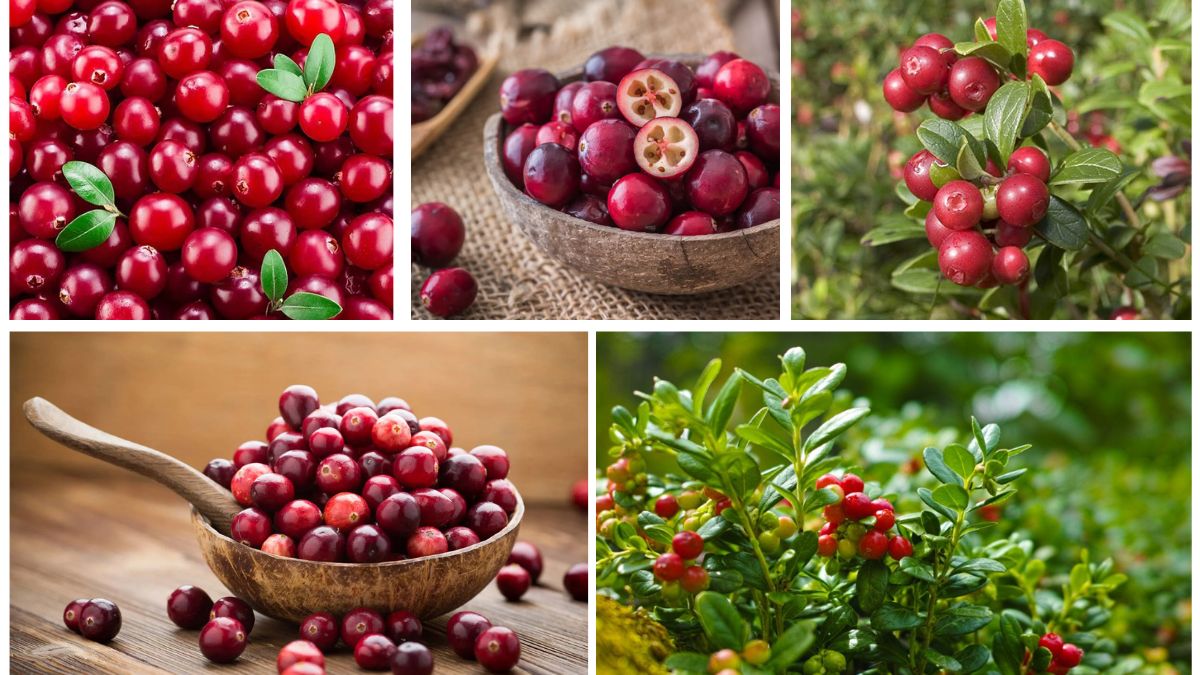Cranberries are small, ruby-red berries that have become a global symbol of health, nutrition, and holiday traditions. From their tangy juices and sauces to their growing use in dietary supplements, cranberries are cherished worldwide. But when it comes to large-scale production, one country stands out far above the rest: the United States of America.
The U.S. has built a cranberry industry that dominates the global market, producing millions of tons annually and exporting to countries around the world. In this article, we will explore the global cranberry industry, why the U.S. leads production, other key players, and how cranberries are shaping global agriculture and diets.
The Global Cranberry Industry: An Overview
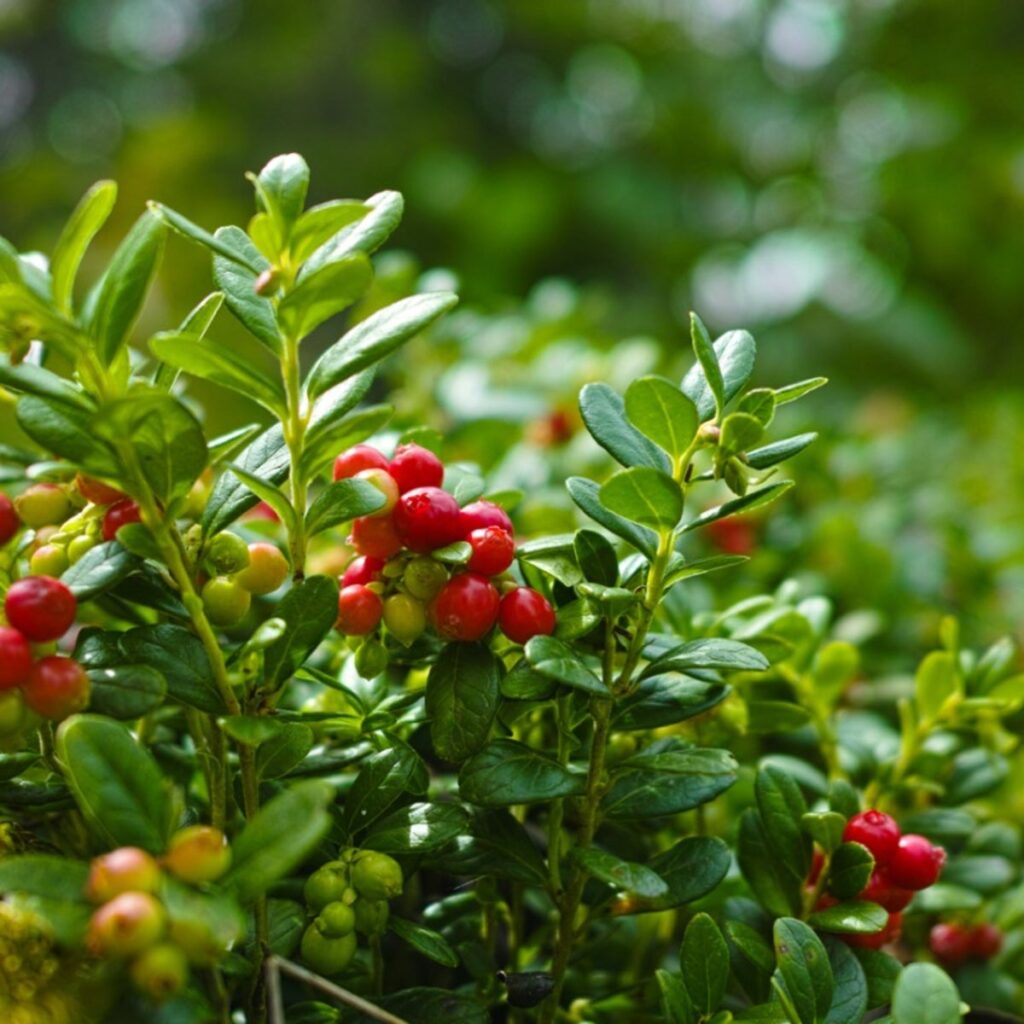
Cranberries are native to North America, and unlike other fruits that originated in tropical or subtropical regions, cranberries thrive in cooler climates. They are primarily grown in wetland bogs and marshes, making them a unique agricultural crop.
Globally, cranberries are not produced on a massive scale compared to apples, grapes, or bananas. Instead, their production is concentrated in a few countries with the right climate and soil conditions.
Key producers include:
- United States (largest producer by far)
- Canada (second-largest)
- Chile (rapidly growing supplier)
- European countries like Belarus, Latvia, and Lithuania (smaller scale)
But it is the United States that accounts for the overwhelming majority of global cranberry production.
The United States: The Largest Cranberry Producer Worldwide

Scale of Production
According to FAO and USDA data, the U.S. produces about 400,000–450,000 metric tons of cranberries annually, making it the clear global leader. This accounts for nearly 60% of the world’s total cranberry supply.
Key Growing Regions
Cranberries in the U.S. are grown in five primary states:
- Wisconsin – The largest producer, responsible for more than 60% of the nation’s cranberry crop. The state’s wetlands and cool climate are ideal for cranberry bogs.
- Massachusetts – Known as the historic home of cranberry cultivation, especially Cape Cod, where cranberries have been grown since the 1800s.
- New Jersey – A smaller but significant producer, supplying fresh cranberries for the Northeast.
- Oregon – Contributes to the West Coast cranberry market.
- Washington – Another important cranberry-producing state.
Wisconsin alone produces over 4 million barrels of cranberries each year, cementing its place as the global capital of cranberry farming.
Export Strength
The U.S. is also the world’s largest cranberry exporter, shipping to over 50 countries. Major export markets include Canada, China, Germany, South Korea, and the United Kingdom. Cranberries are exported fresh, dried, or processed into juices and sauces.
Canada: The Second-Largest Cranberry Producer
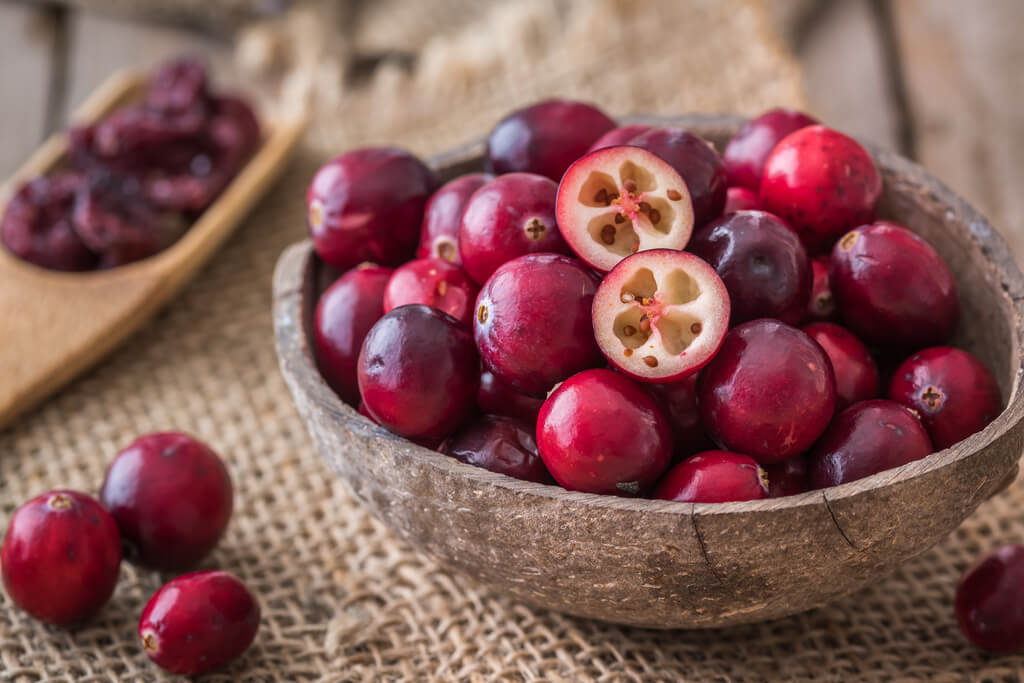
Canada plays an equally important role in global cranberry production, coming in second after the U.S. The country produces about 150,000–200,000 metric tons annually, contributing roughly 30% of global production.
Key Regions
Cranberries are primarily grown in:
- British Columbia – Particularly the fertile Fraser Valley, which has become a hub for cranberry farming.
- Quebec – Produces cranberries for both fresh and processed markets.
- Nova Scotia and New Brunswick – Smaller but growing contributors.
Canada exports much of its cranberry production, with Europe and Asia being key markets.
Chile: A Rising Cranberry Powerhouse
Chile has emerged as the third-largest cranberry producer worldwide, producing between 15,000–20,000 metric tons annually. Its cranberry industry has grown rapidly due to favorable growing conditions in southern regions and strong demand from export markets.
Chile has the advantage of being in the Southern Hemisphere, which allows it to supply fresh cranberries during the off-season of Northern Hemisphere producers like the U.S. and Canada.
Smaller Producers in Europe and Beyond
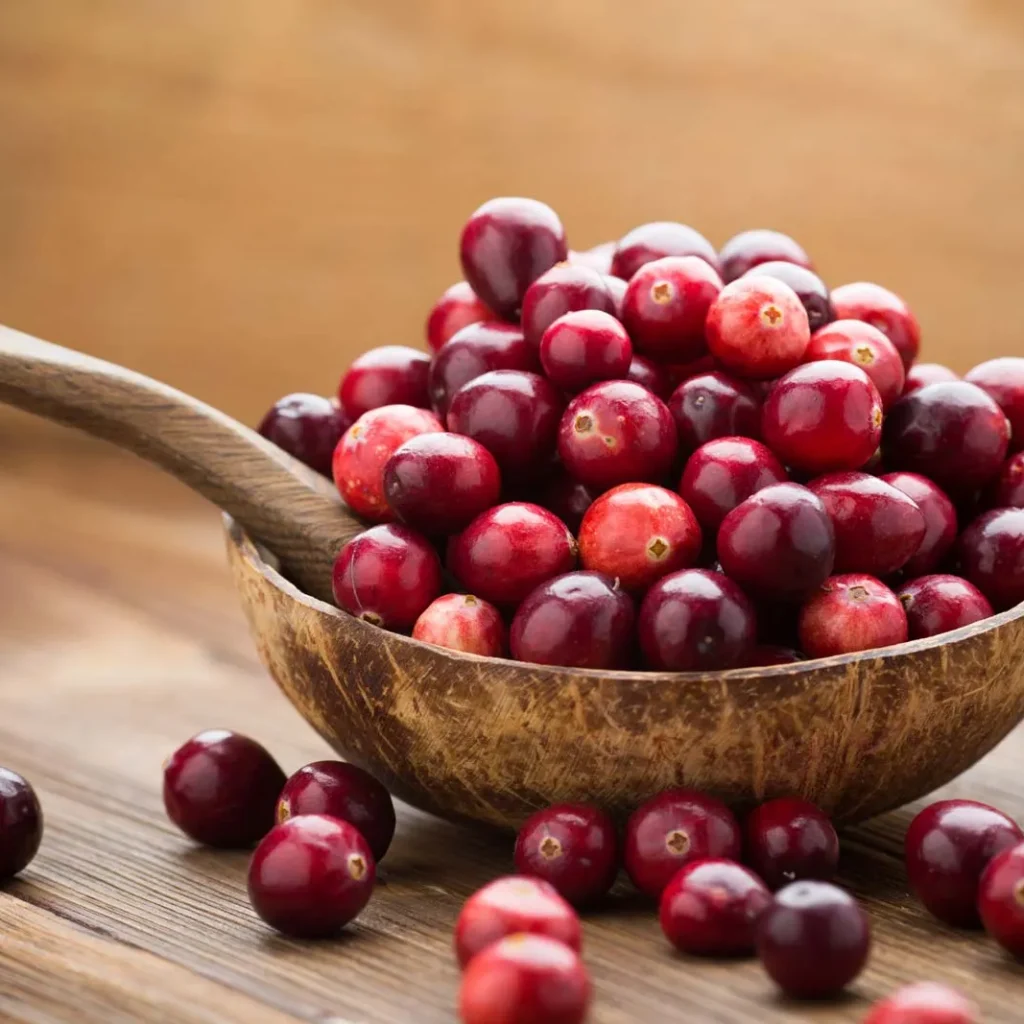
Though smaller in scale, several countries in Europe and Asia contribute to global cranberry cultivation:
- Belarus, Latvia, and Lithuania – These countries have natural wetlands suitable for cranberry growing, focusing mainly on domestic consumption and limited exports.
- Russia – Produces wild cranberries, often harvested from natural bogs rather than cultivated farms.
- China – Currently imports cranberries in large quantities but is experimenting with small-scale production.
Why the U.S. Leads in Cranberry Production
The U.S.’s dominance in cranberry production can be attributed to several factors:
- Native Crop Advantage – Cranberries are native to North America, and cultivation techniques have been refined over centuries.
- Ideal Climate and Geography – Northern states like Wisconsin and Massachusetts have wetlands, cool temperatures, and acidic soils perfect for cranberries.
- Innovation and Research – U.S. growers have invested heavily in irrigation, pest management, and mechanized harvesting.
- Strong Export Infrastructure – The U.S. has well-developed supply chains and trade agreements that support global exports.
- Marketing and Branding – Organizations like Ocean Spray, a farmer-owned cooperative, have popularized cranberry products worldwide.
Global Demand for Cranberries
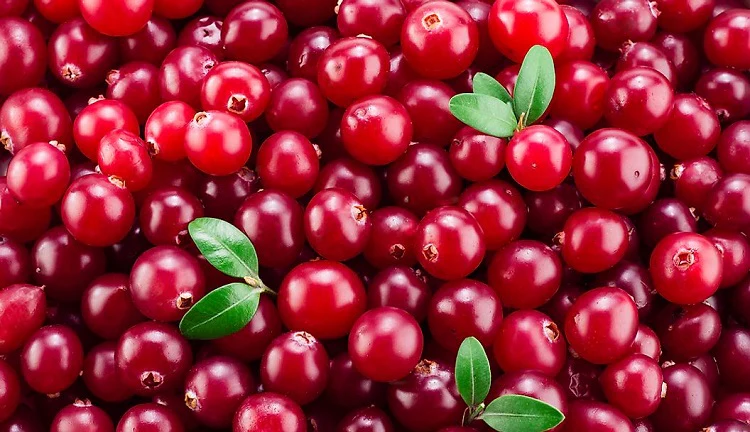
Cranberries are widely consumed in different forms:
- Fresh berries – Popular during holidays like Thanksgiving and Christmas.
- Juices and beverages – Cranberry juice is a global favorite, often blended with other fruits.
- Dried cranberries – Used in cereals, trail mixes, and baked goods.
- Sauces and jams – Especially popular in North America and Europe.
- Health supplements – Cranberry extracts are widely used for urinary tract health.
The global cranberry market is valued at over $4 billion and continues to grow, driven by health-conscious consumers and demand for superfoods.
Challenges in Cranberry Production
Even as the U.S. and Canada dominate, the cranberry industry faces challenges:
- Climate Change – Warmer winters and unpredictable rainfall affect cranberry yields.
- Market Saturation – Overproduction has sometimes led to price drops, especially in North America.
- Pest and Disease Pressure – Fungal diseases and insects can damage crops.
- Export Barriers – Trade disputes and tariffs can hinder global exports.
The Future of Cranberry Production
Looking ahead, cranberry production is expected to remain concentrated in North America, but with some global shifts:
- Chile is likely to expand production, especially for off-season exports.
- Europe may see modest growth, particularly in Belarus and the Baltic nations.
- Asia, particularly China, could eventually become a significant cranberry producer or continue as a strong importer.
Demand for cranberries is projected to increase due to rising awareness of their antioxidant properties, vitamin C content, and potential health benefits in preventing urinary tract infections and supporting heart health.
Conclusion
So, which country is the largest cranberry producer worldwide? Without question, the United States holds the crown, contributing the majority of the world’s cranberries and setting the global standard in cranberry cultivation and exports.
Canada follows as the second-largest producer, with Chile steadily growing its presence in global markets. While smaller producers exist in Europe and Asia, the cranberry remains deeply rooted in its North American origins.
As the world’s appetite for superfoods grows, cranberries are destined to remain a key player in both nutrition and international trade, with the United States continuing to lead the way.
